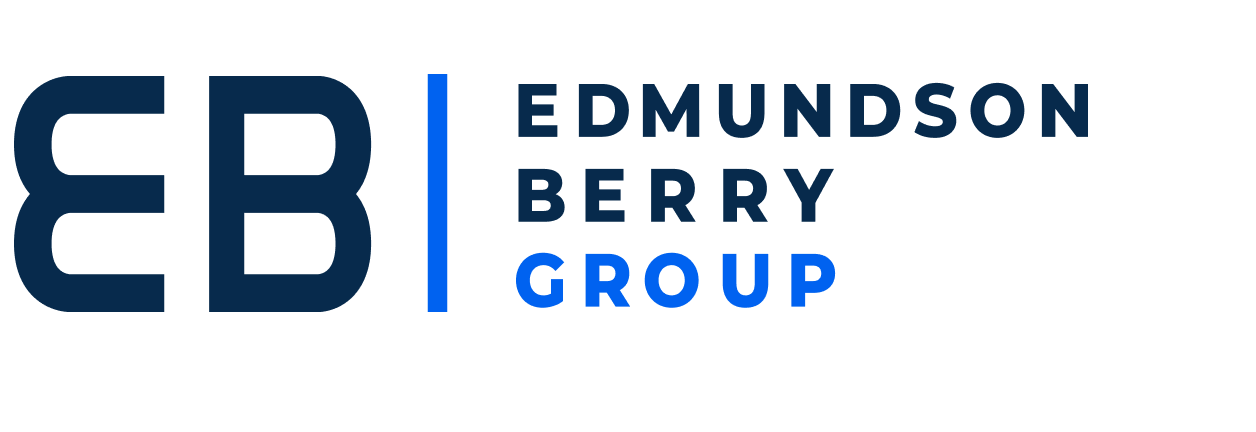- September 6, 2013
- Posted by: jsagar@marketingmo.com
- Category: Marketing and Distribution
 Note: This is part 2 of a 4-part series.
Note: This is part 2 of a 4-part series.
Last week, I talked about creating differentiation to separate yourself from the pack. An important point to remember is this – differentiation doesn’t take place in your mind; it takes place in the mind of your buyer.
Many B2B executives miss this point, focusing on differentiation between granular features that the market doesn’t take notice of, as it is focusing on a higher-level perception.
Your competitive advantages are what will separate your product or service from your competition’s products and services in the mind of your prospect. The more quantifiable and powerful your competitive advantages, the larger the spread in your market share over your competition.
How the Mind Arrives at a Purchase Decision
When creating your competitive advantages, it’s critical to understand four significant principles about how the human mind arrives at a decision to purchase.
1. The Power of Perception
In Repositioning, Jack Trout said, “Marketing is a battle of perceptions. What you’re really doing is exploiting perceptions.” In B2B, it’s more than just perception; it’s the consistency of those perceptions that create a competitive advantage. If you’re relentless in delivering your message, and the message is built correctly so the mind will accept and retain it, you will create the perception.
2. The Emotional Mind
Minds are also emotional and not rational. People buy emotionally; they justify intellectually. If you cannot engage the emotions of the prospect’s mind, you will not engage the pocket book.
3. Fear of Loss
More often than not, people buy from fear of being left behind, or from losing out on an opportunity – not because they want to gain something. Attempts at creating competitive advantages that focus on gain over the competition, rather than the difference between the competition, are not as effective. Your prospect’s mind wants to know how you are different than product X, and why that matters to them.
4. Future Regret
Put on your buyer’s hat for a moment. Have you ever bought anything for fear of not being able to get it later? Or because others would get it and you would be left behind? Or because your need would get worse and you might not be able to fix it at a later date? This is called “future regret” – it’s a powerful motivator for action in the human mind. If you think that your current situation has gotten worse or your opportunity for solution is better now than later, the human mind will be motivated to act – quickly, without regard for price. A true competitive advantage will focus on “future regret.”
Perspective Matters
In Made to Stick, Chip and Dan Heath used a 1990s finding by Elisabeth Newton in her psychology PhD thesis at Stanford to illuminate their point about competitive advantage messaging by studying a simple game. In this game, Newton assigned groups of people to one of two roles: “tappers” or “listeners.”
- Tappers received a list of 25 well-known songs, such as “Happy Birthday to You” and the “Star Spangled Banner” – songs that should be very familiar to both tappers and listeners. Each tapper was asked to pick a song and tap out the rhythm to a listener by knocking on the table.
- The listener’s job was to guess the song based on the rhythm being tapped. (This experiment is fun to try at home.)
The results of the study were surprising. Over the course of Newton’s experiment, 120 songs were tapped out, and listeners correctly guessed only 2.5% of the songs, or three out of 120. But here’s what made the result worthy as a dissertation in psychology:
Before the listener guessed the name of the song, Newton asked the tappers to predict the odds that the listeners would guess correctly. They predicted that the odds were 50%. The tappers got their message across one time in 40, but they thought they were getting their message across one time in two.
Why?
Because when a tapper taps, she is hearing the song in her head. Try it yourself – tap out the “Star Spangled Banner.” It’s impossible to not hear it clearly in your head, right?
Meanwhile, the listeners can’t hear it at all … all they can hear is a bunch of disconnected taps … like a kind of bizarre Morse code.
The Curse of Knowledge
The reason for the results in the above experiment is that tappers have been given knowledge … knowledge that makes it impossible for them to imagine what it’s like to lack that knowledge.
We call this “the curse of knowledge.” Once we know something, we find it hard to imagine what it is like to not know it. Once we know something, we cannot recreate our listener’s state of mind.
This is critical in your understanding of creating a clear and well-received competitive advantage for your market.
Taking the Other Perspective
Think about a prospect in your market. Can she put words to the music you are tapping? Your competitive advantage puts words to the music; without it, you are just tapping away, expecting the market to hear your message the way you hear it in your head.
When you promote your competitive advantages in the marketplace, are you communicating them from the perspective of the tapper?
Or are you communicating them from perspective of the listener?
Next week, I’ll share the process for determining your competitive advantages from the perspective of the listener.




